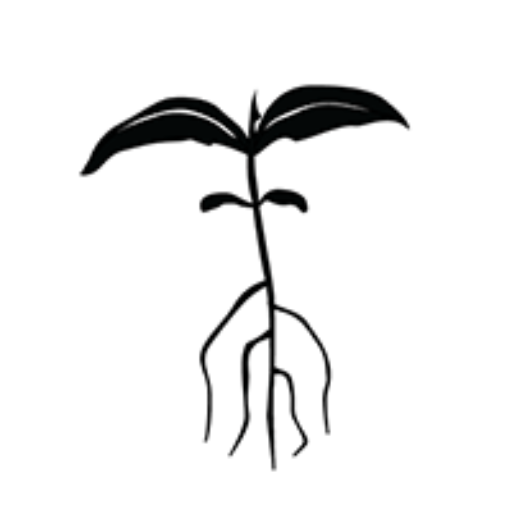Botanical name : Citrullus lanatus
Common name : Watermelon, Citron melon, Jam melon
Intermediate difficulty for seed saving.
Lifecycle: Annual
Pollination: Insect pollinated
Mating system: monoecious
Suggested spacing: Same as for eating production
Seed specific requirements: None
Isolation distance: 250 metres minimum
Population size: 5 to 10 plants
Seed maturity: Seed is mature at the same point as the watermelon is ripe for eating
Processing method: Wash off seed to remove juices before drying
Expected seed viability: 5 years
Growing for seed
Watermelons are cross-pollinated by insects and continuously flower over their growing season. They will need to be isolated from other watermelon varieties by at least 250 metres to ensure that seed is true-to-type.
Otherwise, watermelon seed crops are grown in the same manner as those intended just for eating.
Selection
Growers can select for earliness, vigour, size and shape of the fruit in the field. Once harvested seed can be saved from those fruits whose flesh colour and flavour is as desired for that variety.
Harvest
One of the main challenges with growing watermelons is determining when they are ripe. The main indicators used by growers are:
- pigtail on stem next to the fruit attachment point has died back
- the underside of the watermelon has changed colour to either white or yellow depending on the variety
- tapping on the melon produces a hollow sound
The most reliable method of determining ripeness is whether the pigtail has turned brown and died.
Processing
Seed can be simply picked out of ripe melons when eating them. Rinsing the seed off before drying will remove stickiness that might make seeds clump together and dry unevenly.
If large quantities are being processed for seed the flesh can be mashed in plenty of water. A paint stirrer and a bucket are a convenient way to manage this. Viable seeds will drop to the bottom of the bucket. Decanting off the unwanted mush, refilling the bucket with water and decanting again will quickly result in clean seeds.
Contributors
Liz Worth, Nellie Pryke
